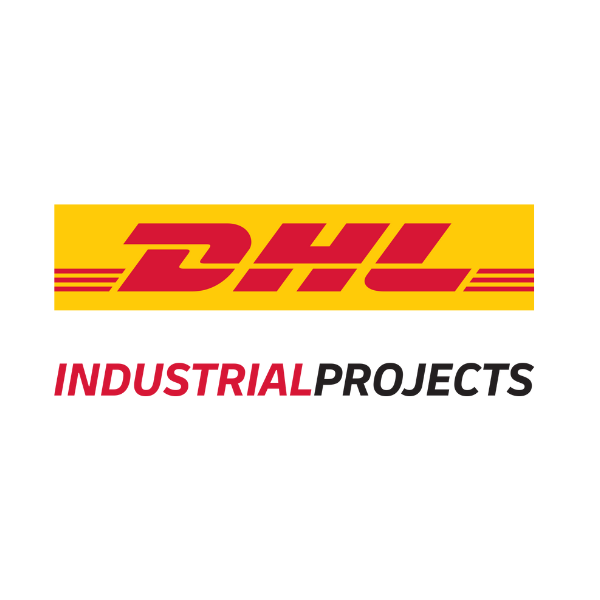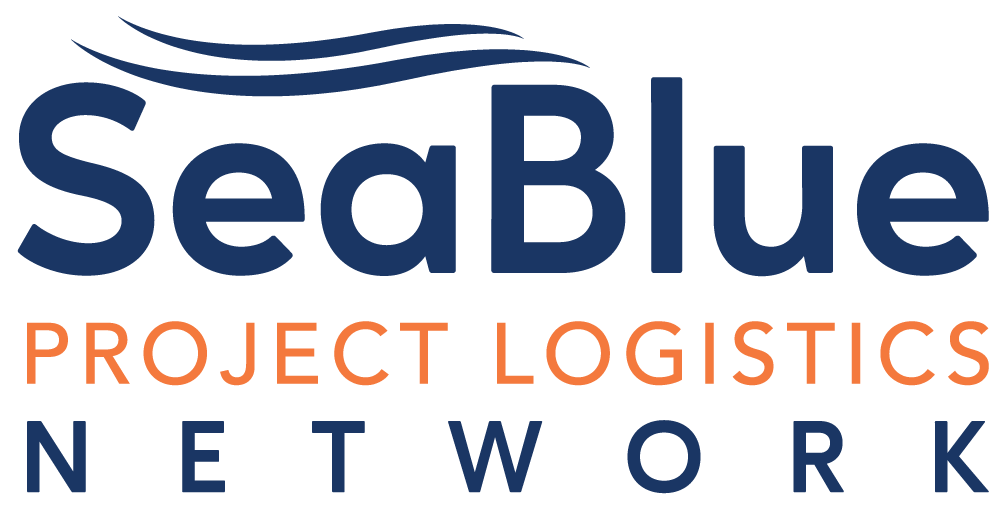Breakbulk Spotlights the Innovation Driving Change Across the Industry
_1.jpg)
By Malcolm Ramsay
From orbital data centers to autonomous railcars, Breakbulk gives you a glimpse into some of the most exciting developments driving change across the industry.
From Issue 6, 2025 of Breakbulk Magazine.
1. Powering Tomorrow's AI
The last five years have seen exponential growth in demand for data centers, driven by the insatiable computing power requirements of AI, cloud services and global digitalization. To meet this surge, a new wave of solutions is emerging, placing data centers in some of the most extreme environments on Earth … and beyond!
The idea of floating data centers has long attracted designers due to the huge cooling requirements of modern servers. In Yokohama, Japan, a consortium led by NYK Group, alongside NTT Facilities, Eurus Energy and MUFG has begun construction on one of the world’s first commercial offshore floating data centers. With operations slated to start in March 2026, the project will see a containerized data center deployed on a mini-float and powered entirely by solar panels, battery storage and potentially offshore wind.
“We believe the growth challenges data centers face can be overcome by deploying them offshore,” Martin Malmfors, head of communications at NYK Group Europe, tells Breakbulk, noting that they “leverage the maritime industry’s supply chains for production and generate ripple effects that stimulate logistics activity around the installation site.”
The logistics of deploying this new infrastructure — transporting prefabricated data center modules, renewable energy equipment and installation platforms — will inevitably require heavy-lift vessels, specialized trailers and precision project cargo handling.
Meanwhile, Mitsui OSK Lines (MOL) signed a partnership in July to deliver a large-scale floating data center based on retrofitting a car carrier vessel. This is scheduled to launch in 2027 with capacity of 73 megawatts (MW). U.S. firm Nautilus Data Technologies has already launched smaller floating data centers in Stockton, California, and Limerick in Ireland, using barges and water-based cooling to slash energy use and emissions.
If floating data centers represent the cutting edge, then space-based data centers may well be the next horizon. Amazon Web Services (AWS) founder Jeff Bezos has publicly mused about the potential for gigawatt-scale data centers in orbit, where the near-absolute-zero temperatures of space could provide unparalleled cooling efficiency, and solar power could deliver energy without interruption.
“One of the things that’s going to happen — it’s hard to know exactly when, it’s 10-plus years, but I bet it’s not more than 20 years — is we’re going to start building these giant gigawatt data centers in space,” Bezos said. “These giant training clusters, those will be better built in space, because we have solar power there, 24/7. There are no clouds and no rain, no weather.”
Given the scale of these next-generation clusters, transporting and deploying these systems in space will undoubtedly present unprecedented challenges. Yet, if history is any guide, breakbulk providers, with their unmatched expertise in heavy-lift, modular transport and complex logistics, will be at the heart of making these ambitious visions a reality.
2. Stacking up for the Future
Back on firm ground, DP World has introduced a new solution at its London Gateway hub designed to automate operations and improve loading times at the port. The Empty Superstack system utilizes automated electric stacker cranes to handle empty containers inside a fully enclosed facility at Berth 4 of the port. Each stack can be up to 16 tiers high, and the new system will be capable of holding up to 27,000 TEUs in total, making more room available in the hinterland and reducing moves at the port.
The novel solution has been developed by BOXBAY, a joint venture between DP World and Germany’s SMS group. The technology has completed extensive trials at DP World’s Jebel Ali Port in Dubai, handling nearly 500,000 TEUs, and the partners predict it will greatly improve truck processing times at London Gateway.
“This £170 million investment underscores DP World’s commitment to innovation at London Gateway,” said Stephen Whittingham, EVP, North Europe, DP World. “The BOXBAY Empty Superstack will boost reliability for our customers, minimize truck visit times in port and create a safer, smarter working environment for our people.”
3. Innovation on Track
 Rail transport has long been a steady but unglamourous component of global logistics and one that does not always favor breakbulk. However, a new wave of solutions may be poised to change that. One of the most promising advances for the sector is the arrival of autonomous railcars offering the potential to take cargoes from A-to-B with greater efficiency while avoiding many of the pitfalls of road transport.
Rail transport has long been a steady but unglamourous component of global logistics and one that does not always favor breakbulk. However, a new wave of solutions may be poised to change that. One of the most promising advances for the sector is the arrival of autonomous railcars offering the potential to take cargoes from A-to-B with greater efficiency while avoiding many of the pitfalls of road transport.
Companies like Parallel Systems are already testing self-driving, platooning railcars on U.S. tracks, with commercial operations expected by 2026. These systems are designed to move intermodal containers short distances, for example at ports or for warehouse-to-rail transfers, without the need for traditional locomotives or couplers. And this promises faster turnarounds, lower emissions and the ability to serve routes previously dominated by trucks.
While currently optimized for containers, the technology’s flexibility hints at future potential. Matt Soule, founder and CEO of Parallel, said there were no “significant technical barriers” to adding breakbulk to the solution. While the firm’s vehicles are currently designed for “lightweight intermodal loads” — equivalent to around two containers in weight — they can be “modified to carry heavier loads as well as provide interfaces for securing breakbulk instead of intermodal containers” should there be “sufficient market demand and the business case to make these accommodations.”
Meanwhile, a new intermodal rail system created by Massachusetts-based developer RailRunner offers potential for breakbulk cargoes to be transported by rail more easily. Their unique chassis system allows standardized trailers to roll directly onto railcars, taking cargoes from road to rail without fuss.
While innovations such as these promise a more flexible future, breakbulk still faces hurdles. Rail systems are normally constrained by gauge limitations, such as bridges, tunnels and station buildings, can all restrict cargo dimensions. Center of Gravity (COG) concerns also loom large for outsized cargoes. Charles Foskett, CEO of RailRunner, said although “palletized or bulk material is much easier to handle” there is still a potential business case for breakbulk. “We’re always open-minded,” he added.
The roll-out of AI across state-backed programs in the GCC will be the focus of a main stage panel session at Breakbulk Middle East. AI in Action: From Pilot to Performance, moderated by Dr. Sven Hermann, professor of logistics and supply chain management at NBS Northern Business School, will take place on Thursday, 5 Feb from 2:00pm-2:45pm.
Top photo: A mock-up of a floating green data center using 100% renewable energy. Credit: NYK Group
Second: RailRunner broad gauge intermediate unit bogie. Credit:RailRunner










-(1).jpg?ext=.jpg)

_2.jpg?ext=.jpg)







